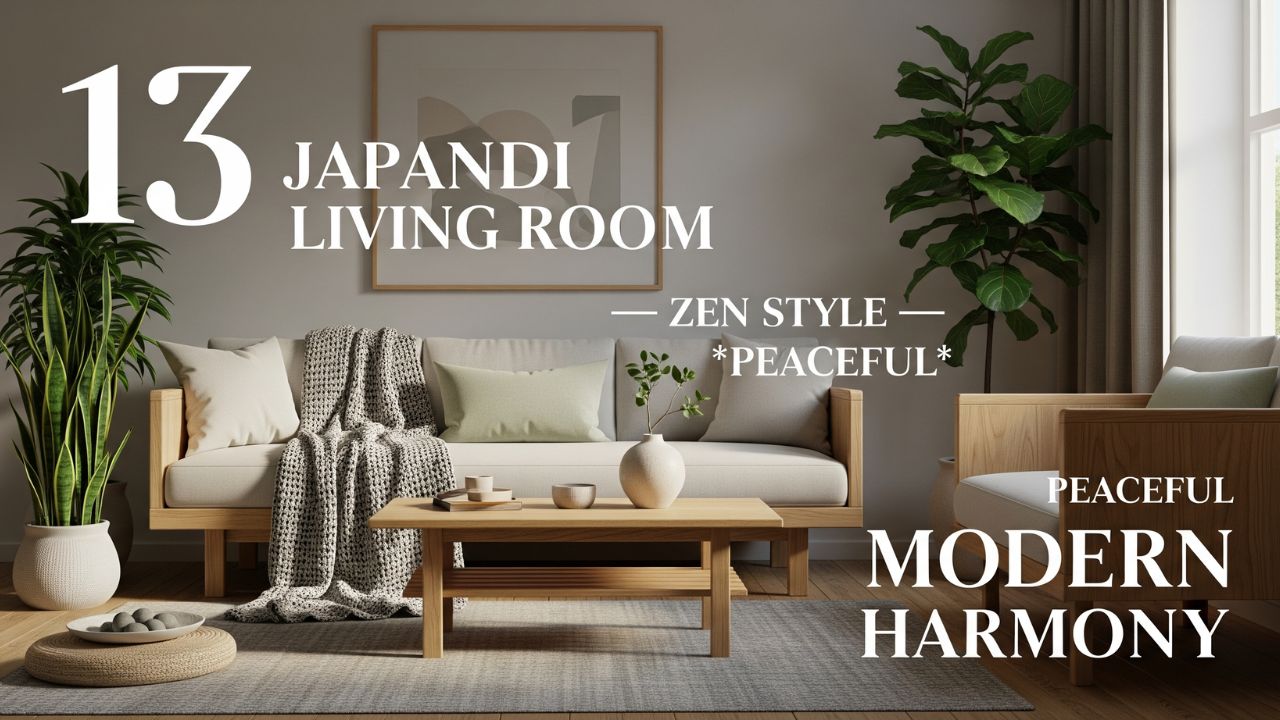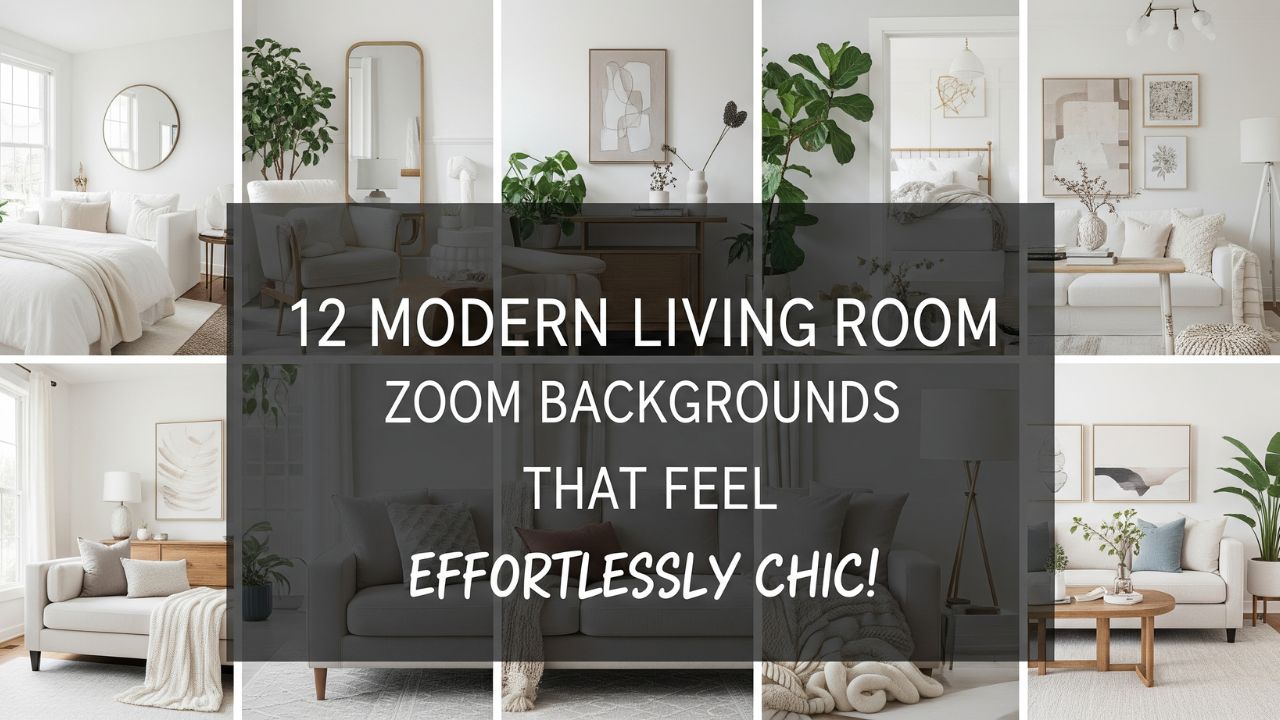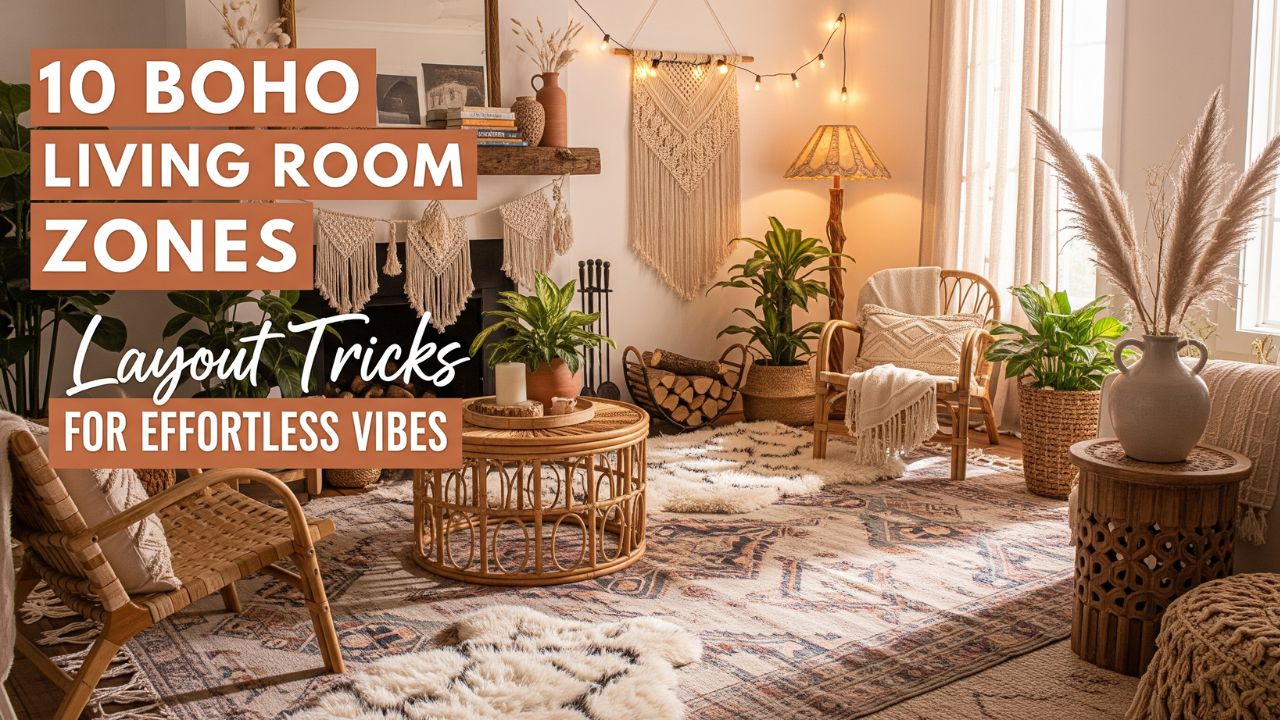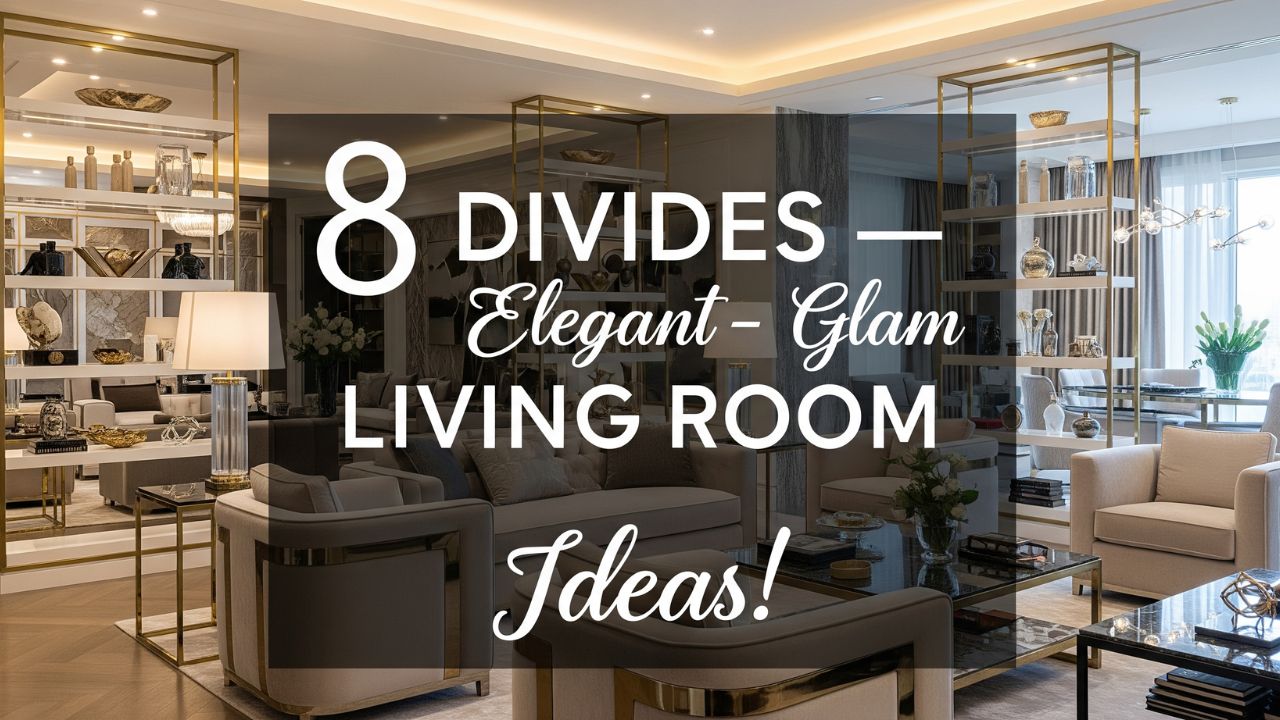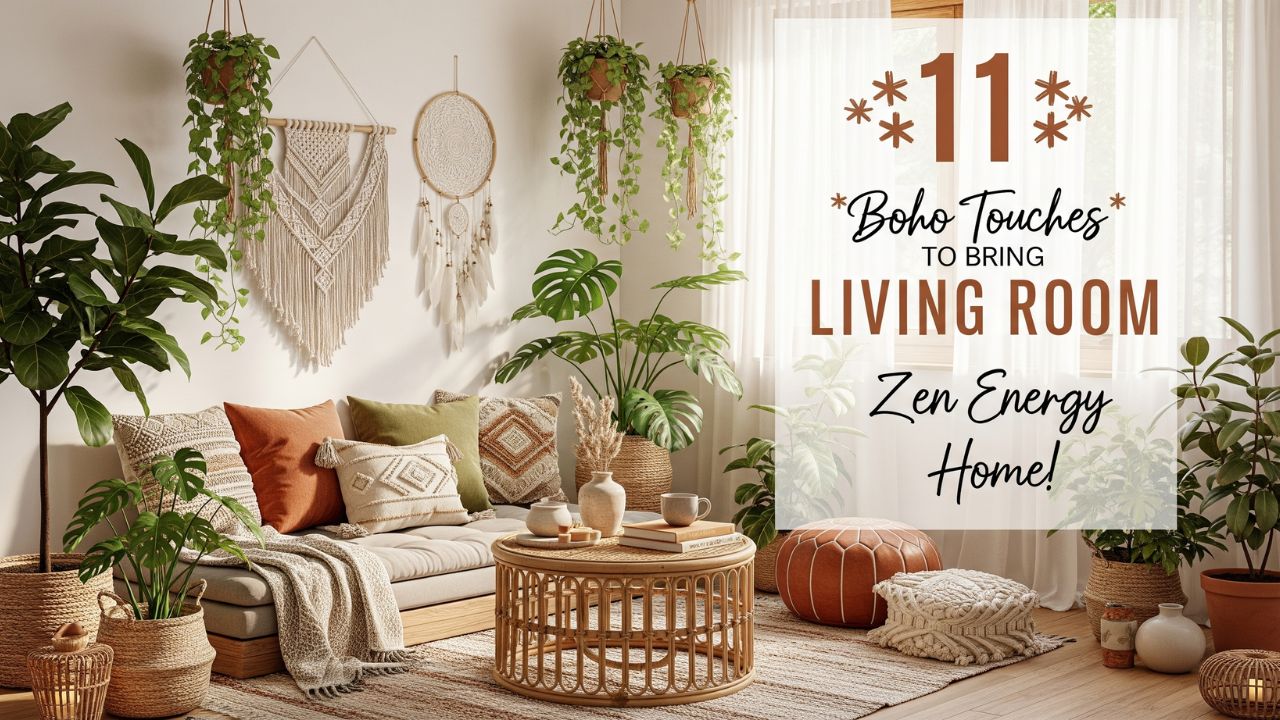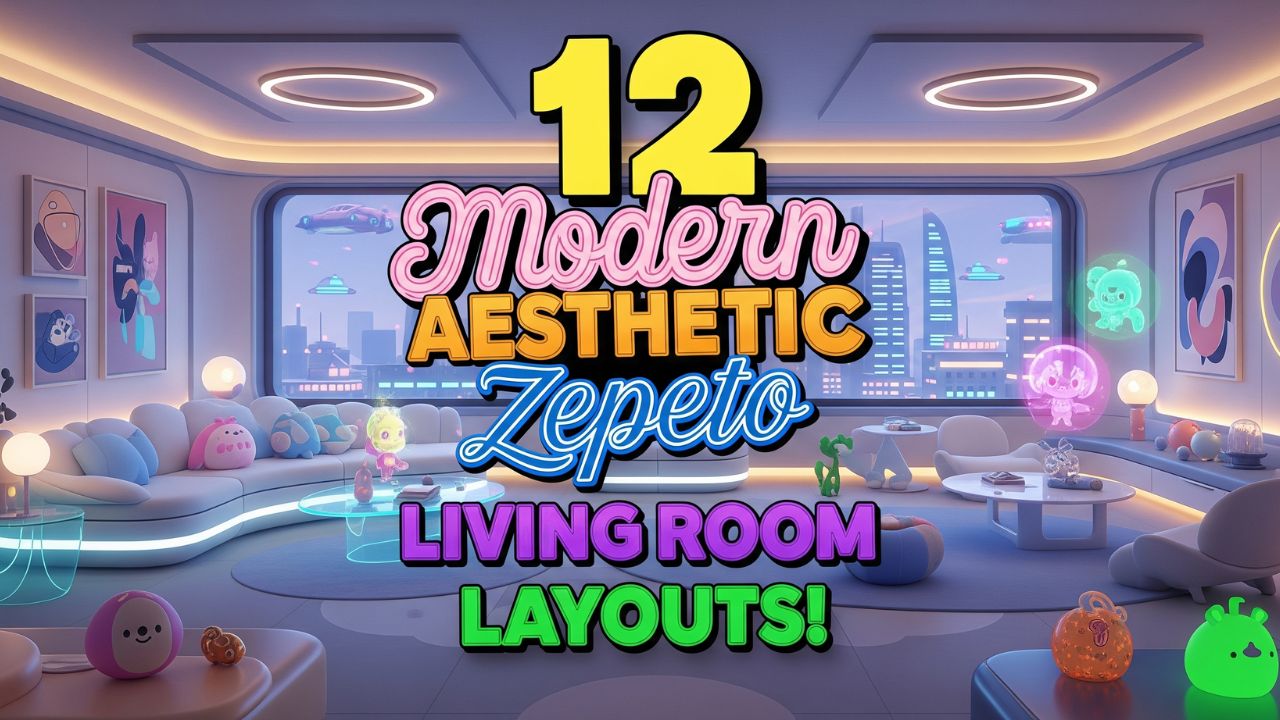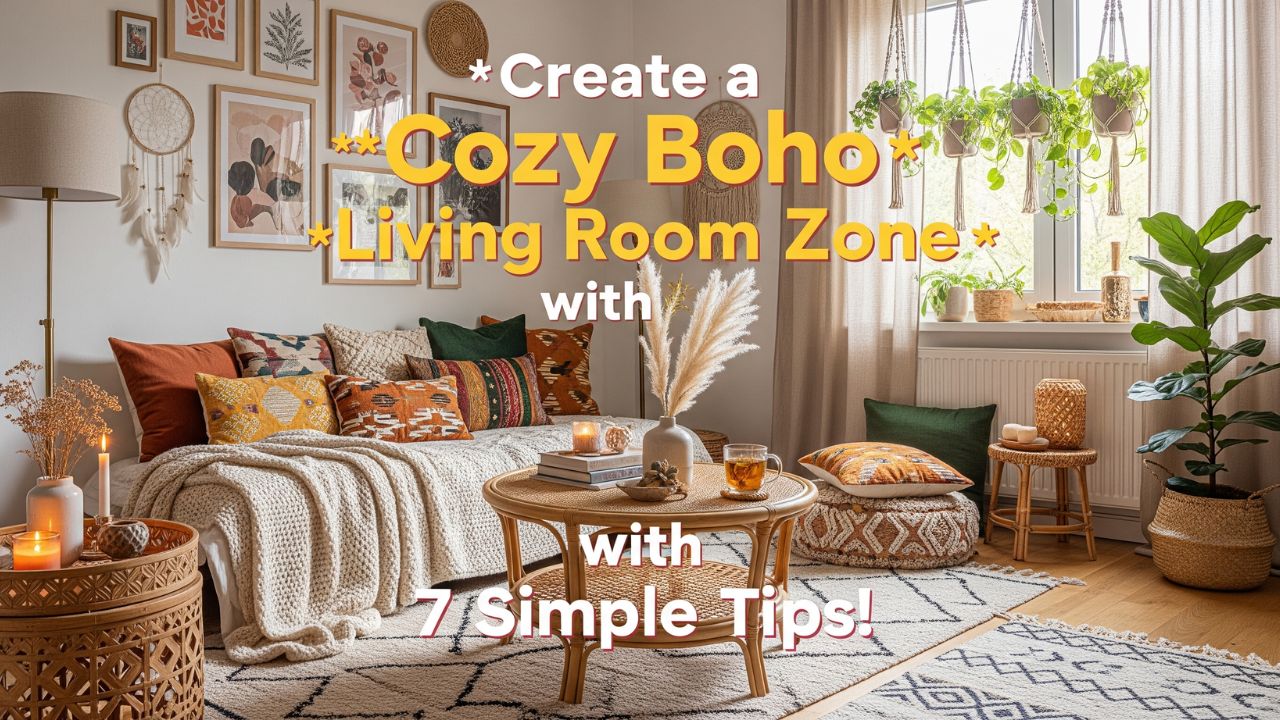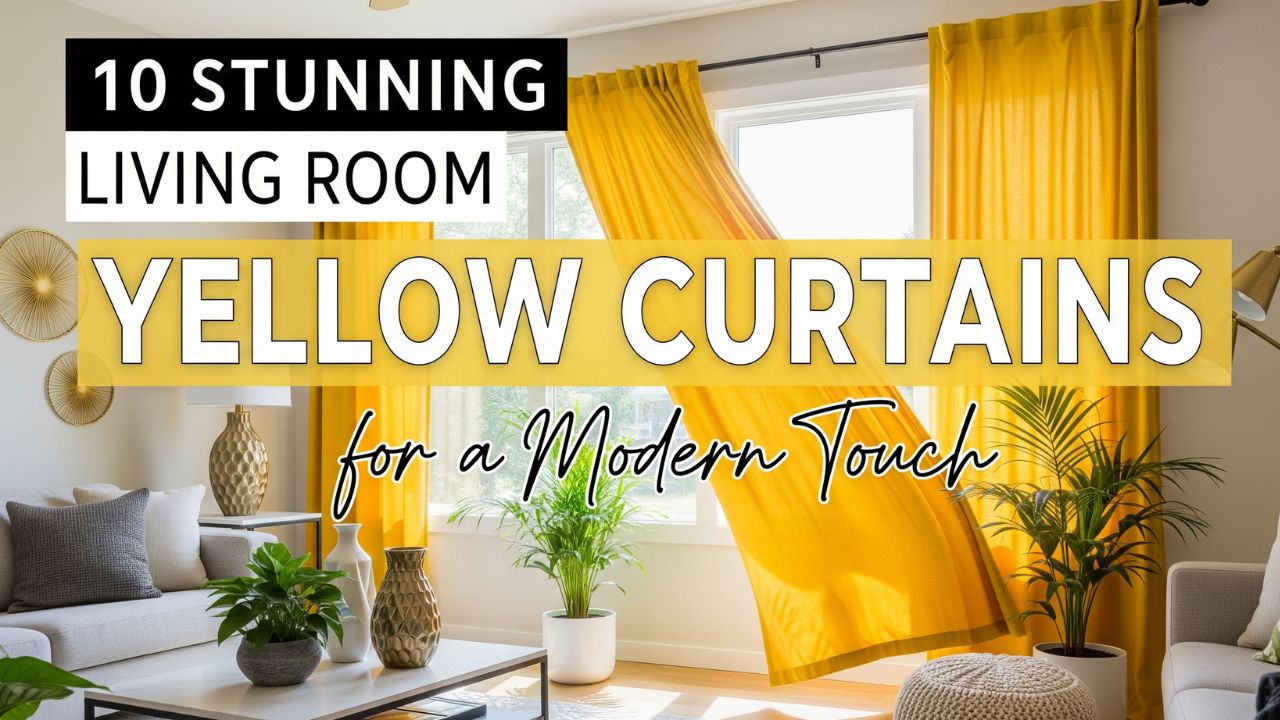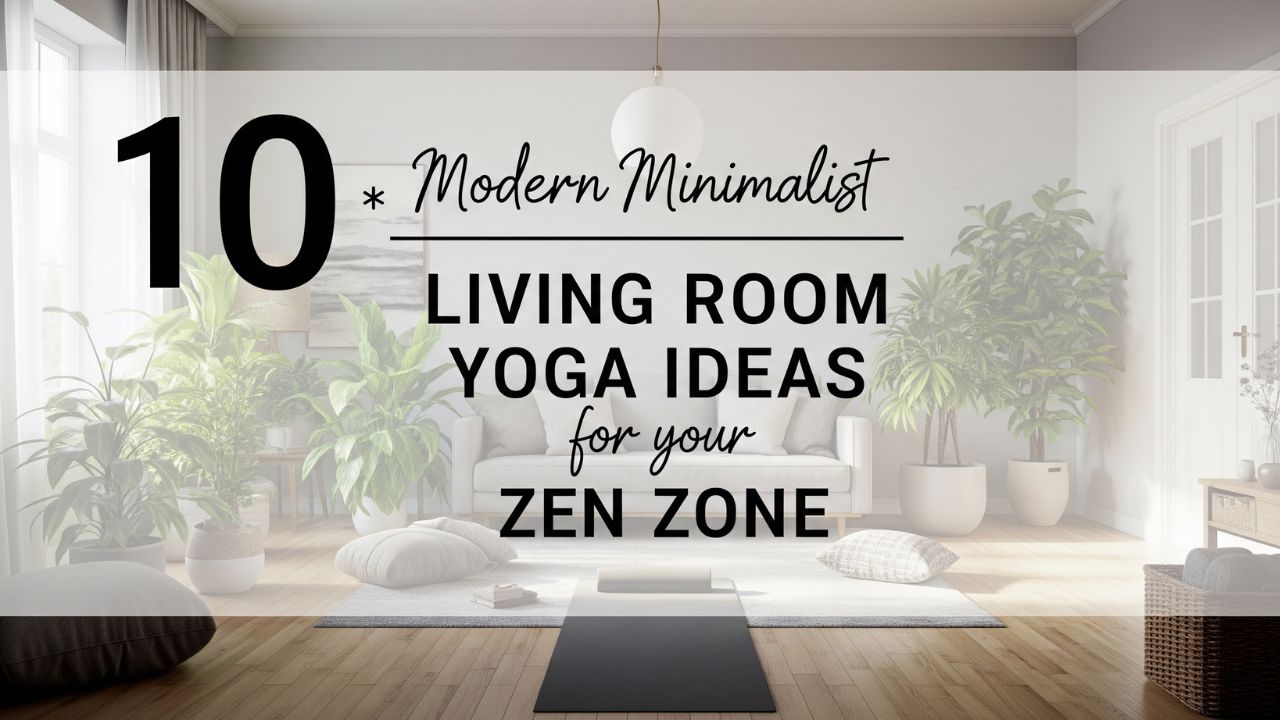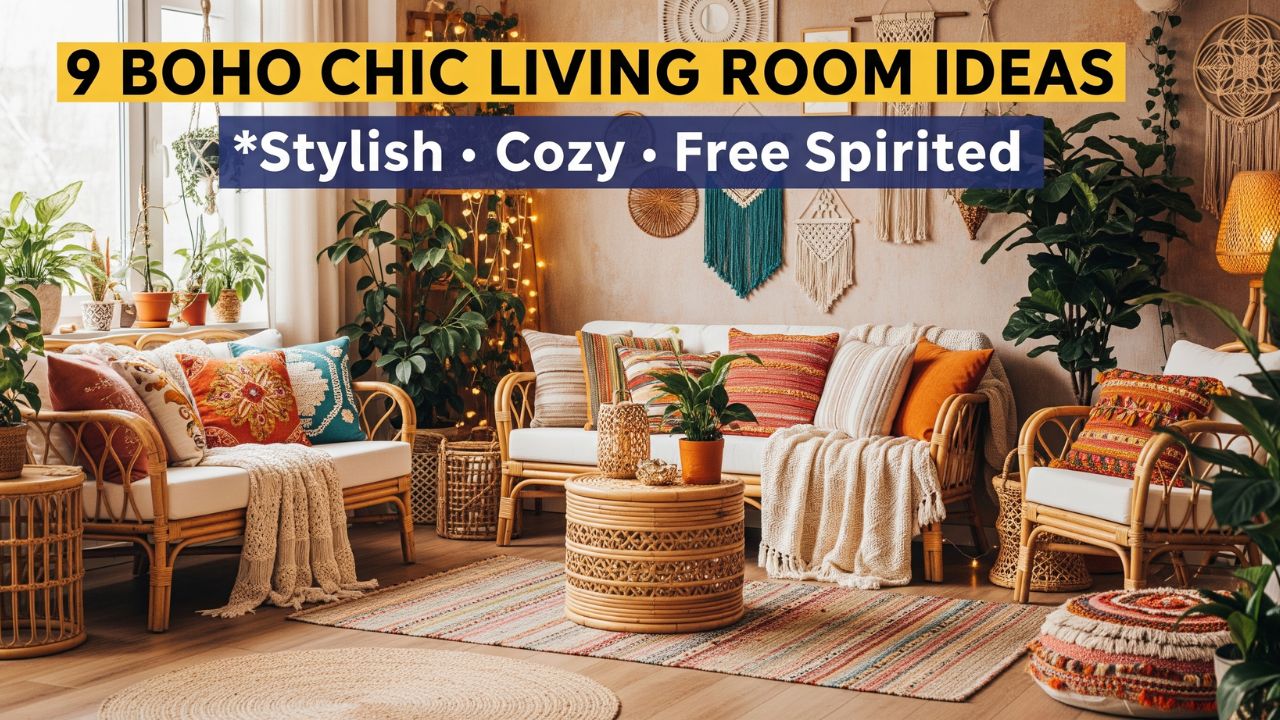Imagine stepping into a living room that feels like a gentle hug — where soft light dances across creamy walls, the air feels crisp yet comforting, and every tone whispers “peace.” That’s the charm of Scandinavian-inspired interiors.
The Scandinavian aesthetic isn’t just a design trend — it’s a lifestyle rooted in simplicity, coziness, and connection with nature.
Scandinavians embrace a concept known as hygge, a Danish word that describes the art of creating warmth and comfort through everyday surroundings. And one of the easiest ways to bring that serenity into your home is through the right wall color.
Color plays a crucial role in setting the mood of your space. Scandinavian design thrives on muted palettes, neutral tones, and natural hues that reflect the region’s long winters and love for light. These tones don’t just brighten interiors; they also make rooms feel spacious, inviting, and timelessly elegant.
So, if you’ve been dreaming of turning your living room into a calm and cozy retreat — one that radiates Nordic minimalism with a soft, modern edge — here are 13 wall color ideas that perfectly capture the Scandinavian feel.
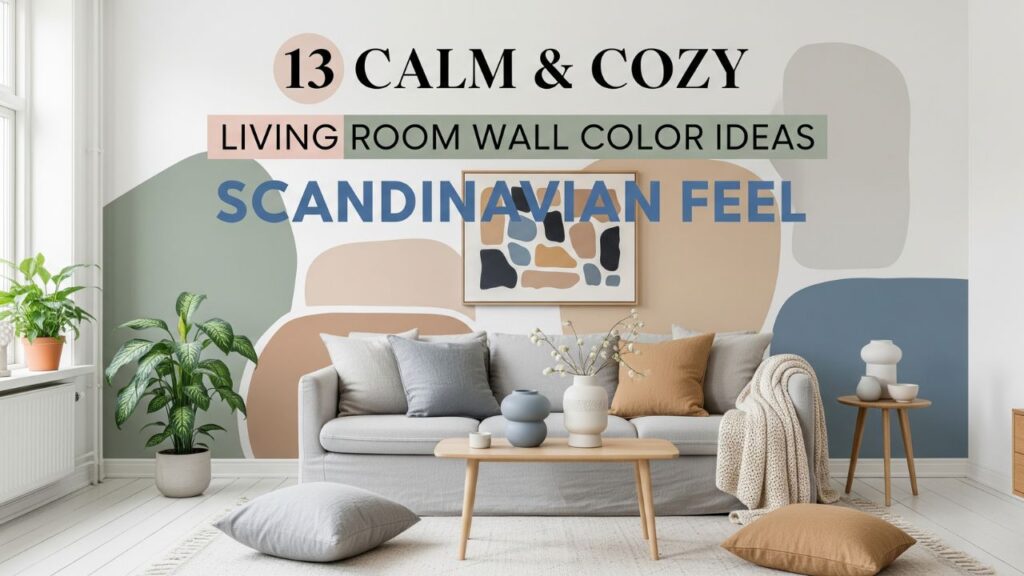
Table of Contents
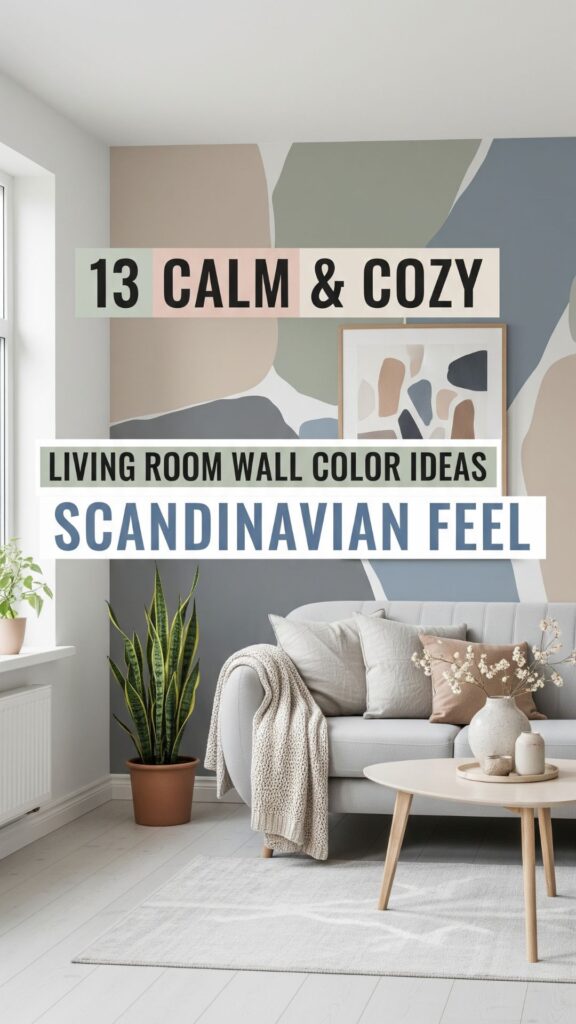
13 Calm & Cozy Living Room Wall Color Ideas
1. Soft White — The Foundation of Scandinavian Calm
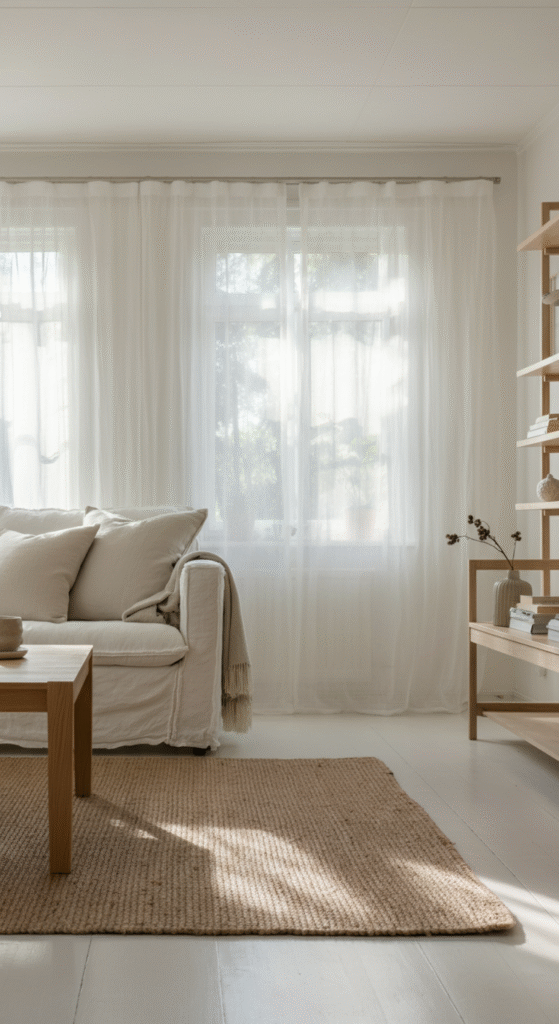
White is the heart of Scandinavian design. Its brightness reflects natural light, creating an airy and open atmosphere even on gloomy days.
A soft white with a warm undertone (like eggshell or ivory) adds coziness without feeling sterile. Pair it with wooden floors, woven textures, and minimalist decor to balance warmth and simplicity.
Do you know? Scandinavian homes often use multiple shades of white in a single space to add subtle depth while maintaining a cohesive look.
2. Warm Beige — Earthy and Inviting
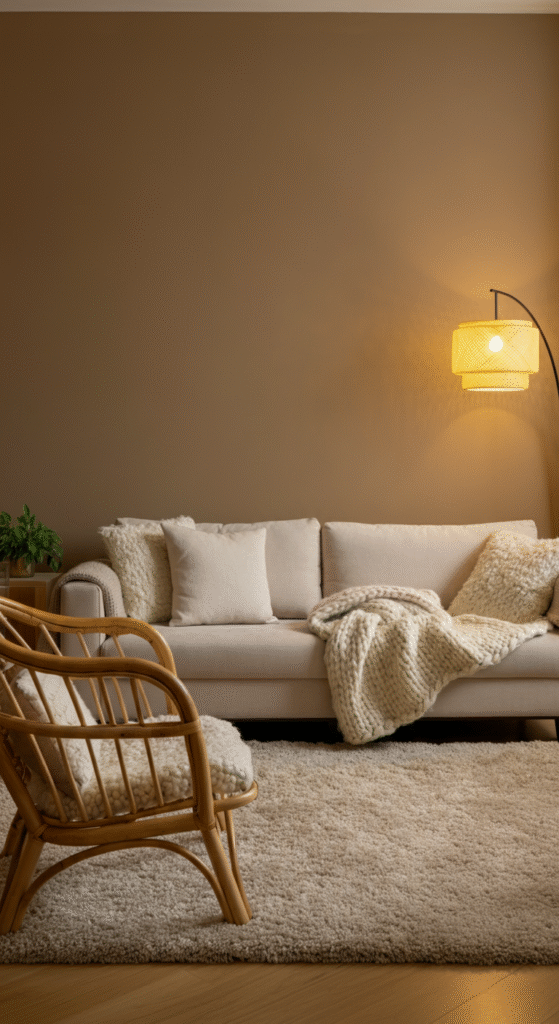
If stark white feels too cold, warm beige offers a creamy alternative that still maintains that signature Nordic brightness. It’s earthy, soft, and perfect for creating an inviting living area.
This hue works especially well with rattan furniture, wool throws, and linen curtains. The result? A grounded space that feels both modern and natural — like a quiet Scandinavian cabin retreat.
3. Pale Gray — Minimalism Meets Sophistication
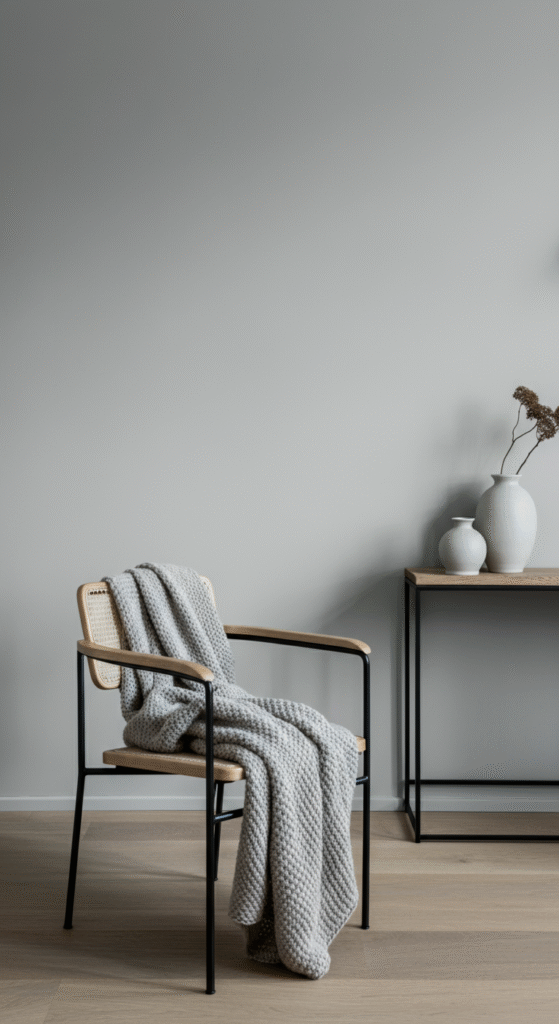
Pale gray walls are a staple in Scandinavian interiors, lending a quiet sophistication to any room. They balance perfectly between cool and cozy, offering a serene backdrop for wooden accents or black metal details.
For extra depth, opt for a gray with a hint of blue or taupe. Layering different textures — chunky knits, stoneware vases, soft rugs — ensures the room still feels warm and lived-in.
Interesting fact: In Scandinavian countries, gray is often chosen to mirror the soft tones of nature — think foggy mornings, rocky coastlines, and winter skies.
4. Muted Sage Green — A Touch of Nature Indoors
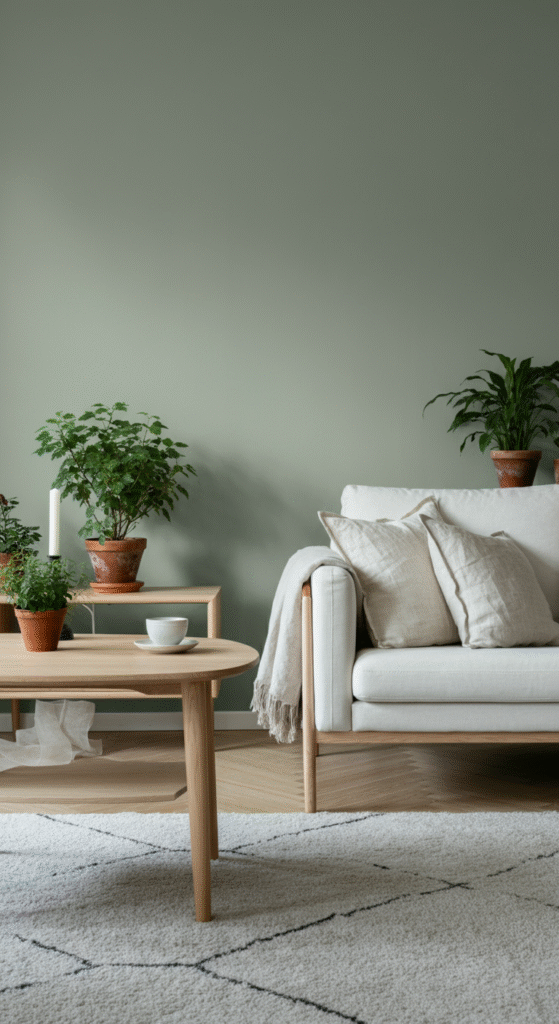
Muted sage is where calm meets freshness. This green hue reflects nature’s serenity and complements the wooden elements typical in Nordic design.
It’s perfect if you want to bring the outdoors in without overwhelming the senses. Pair it with light oak furniture and off-white textiles for a subtle, organic vibe.
Myth buster: Many believe green tones make rooms darker — but muted sage actually enhances natural light, making spaces appear brighter and more tranquil.
5. Dusty Blue — Inspired by Nordic Skies
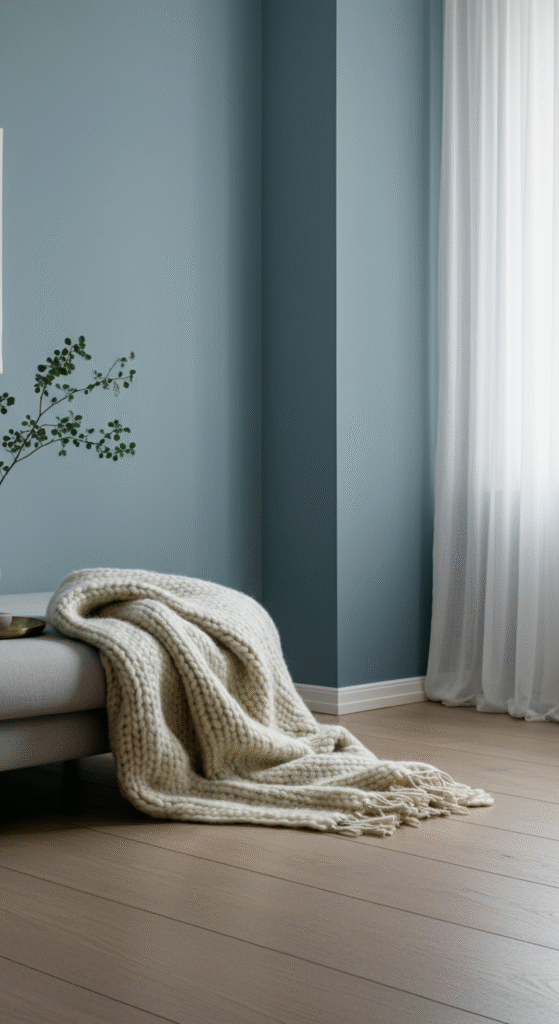
Dusty blue captures the essence of Scandinavian landscapes — cool, peaceful, and endlessly calming. It’s an excellent choice if you want to introduce color while keeping the palette understated.
This color works wonders in spaces that receive natural light, giving off an ethereal glow. Add touches of white, pale wood, and brass for a serene yet elevated look.
Do you know? Blue is psychologically proven to lower heart rate and stress, which makes it a perfect color for relaxation zones like living rooms.
6. Greige — The Modern Neutral
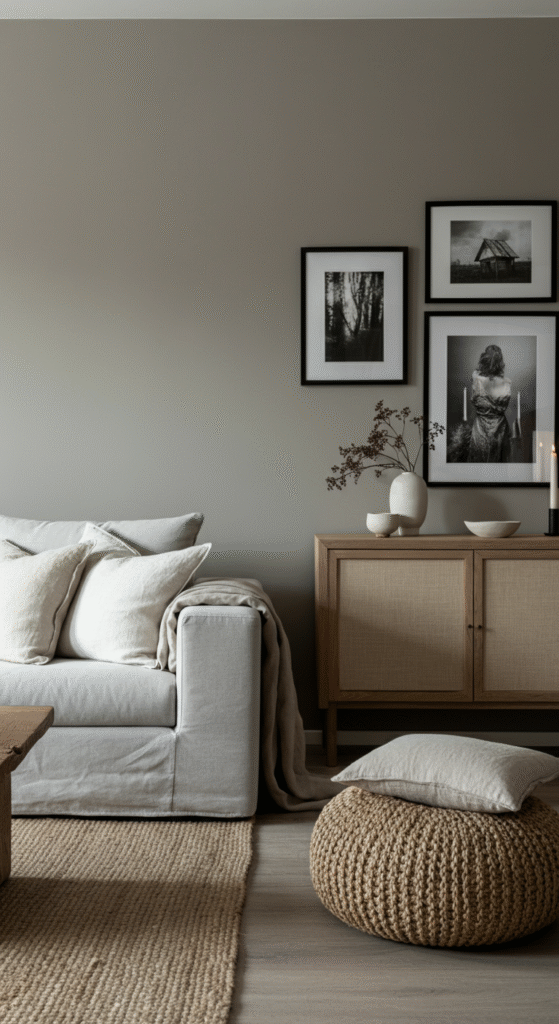
A mix between gray and beige, greige is one of the most versatile Scandinavian wall colors. It offers the warmth of beige with the refinement of gray — the perfect balance between cozy and contemporary.
Greige pairs beautifully with black-and-white photography, wool blankets, and ceramic accents. It’s timeless and effortlessly stylish.
Interesting fact: Greige became a global favorite after Scandinavian minimalism took off in interior design circles in the early 2010s.
7. Pale Blush — Softness with Subtle Warmth
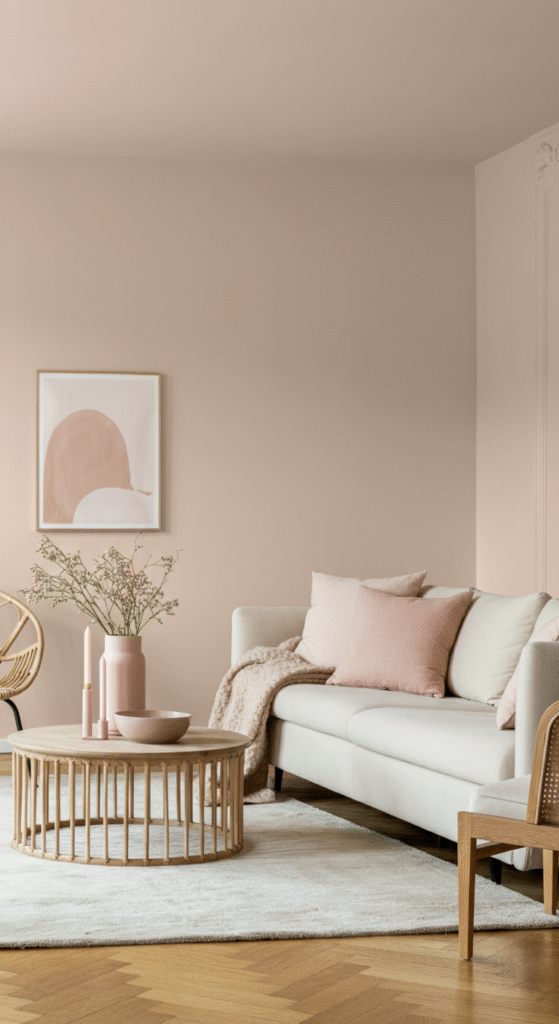
For those who crave a hint of color without straying from the minimalist aesthetic, pale blush is ideal. It adds a delicate warmth that complements wooden tones and light fabrics beautifully.
Think of it as the color of a Nordic sunrise — gentle, subtle, and endlessly cozy.
This hue works especially well in rooms with natural light, balancing softness with sophistication.
8. Clay Taupe — A Cozy and Earthy Balance
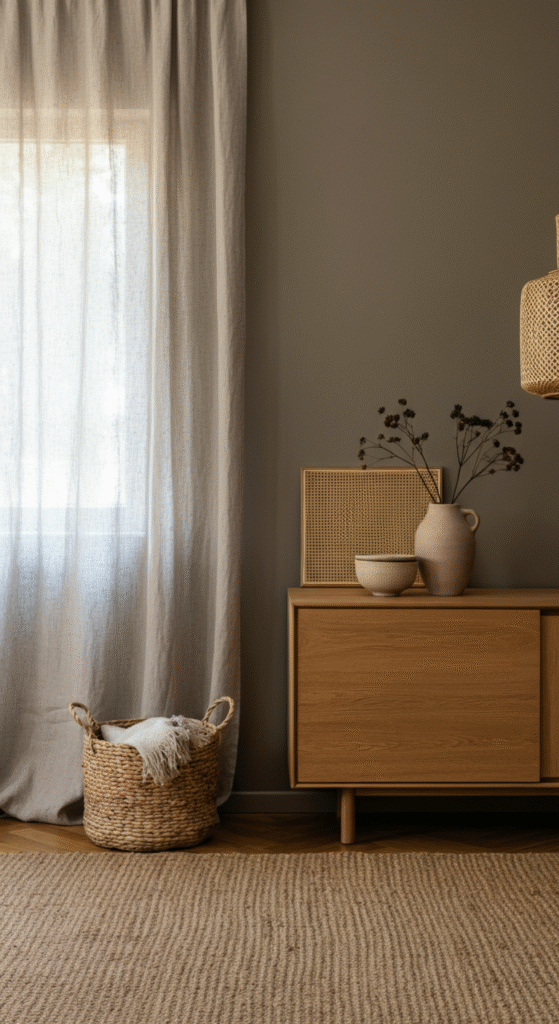
Clay taupe is perfect for adding depth while keeping a grounded feel. Its earthy undertones make it ideal for Scandinavian-inspired living rooms that favor natural materials.
Combine it with linen textures, jute rugs, and light oak furniture for a cozy yet elevated aesthetic.
Did you know? Taupe shades are often used in modern Nordic interiors to reflect the muted colors of Scandinavian forests and mountains.
9. Misty Blue-Gray — Cool Serenity in a Bottle
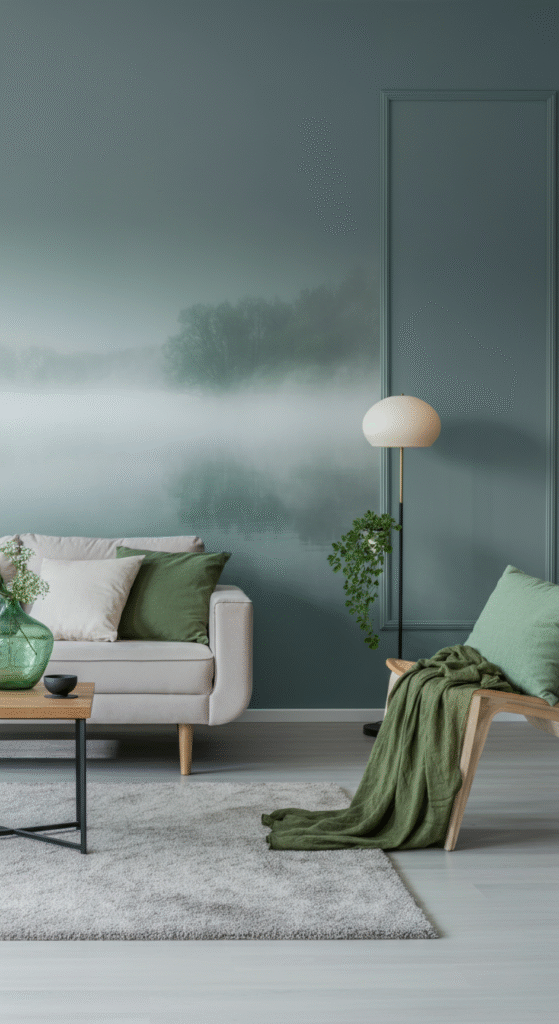
Misty blue-gray creates an atmosphere of calm and quiet luxury. It’s a color that shifts beautifully with light, appearing silvery in daylight and deeper in the evening.
Pair it with crisp white trims and warm wood tones for that quintessential Scandinavian balance between cool and cozy.
Interesting fact: This hue mirrors the mist-covered lakes common in Scandinavian landscapes — nature’s own inspiration for design.
10. Creamy Off-White — Light, Airy, and Timeless
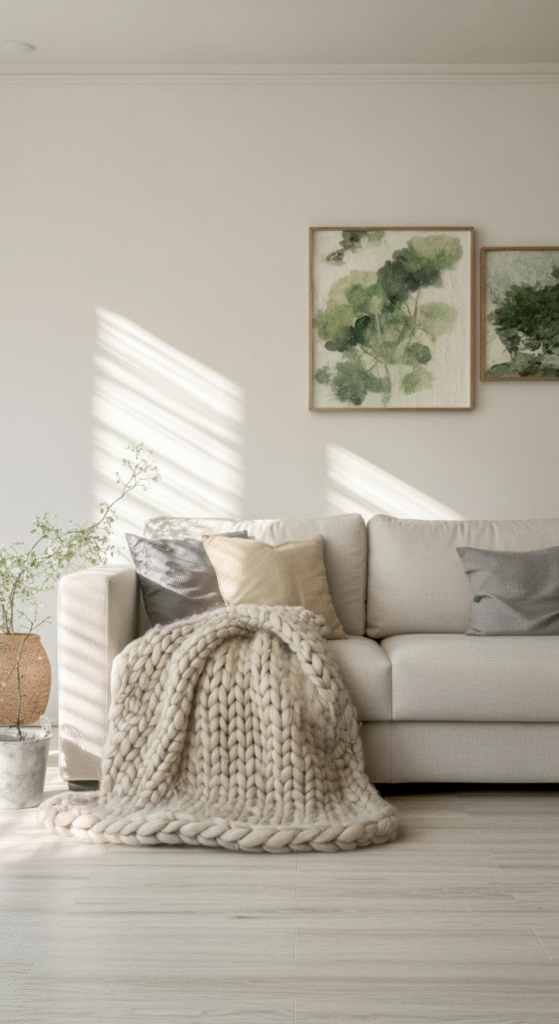
Creamy off-white is perfect if you want your living room to feel effortlessly elegant. It keeps things light and open, while adding a whisper of warmth that pure white sometimes lacks.
Layer it with beige, tan, and gray accents for a harmonious Nordic palette.
Myth: Some think off-white is too “safe.” But in Scandinavian design, it’s all about subtle sophistication — the magic lies in the textures and layers you add on top.
11. Soft Charcoal — Cozy Contrast
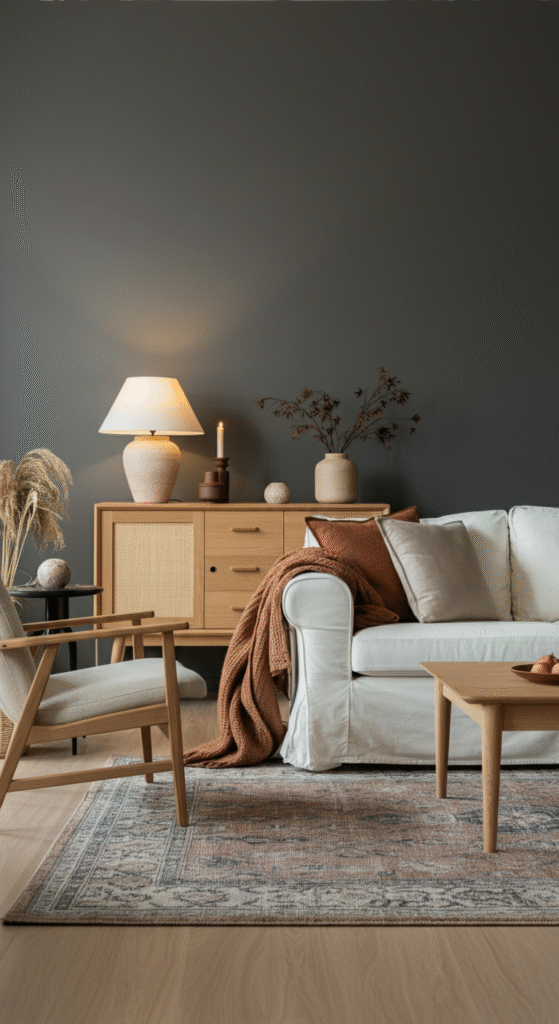
While Scandinavian design often favors light tones, a touch of contrast can make a space feel grounded and dramatic. Soft charcoal adds depth and coziness when used strategically — perhaps on an accent wall or behind a fireplace.
To maintain the airy aesthetic, balance charcoal with whites, creams, and natural wood elements.
Do you know? Dark walls in Scandinavian interiors aren’t uncommon — they’re used to mimic the moody beauty of Nordic winters.
12. Pale Sand — Coastal Calm
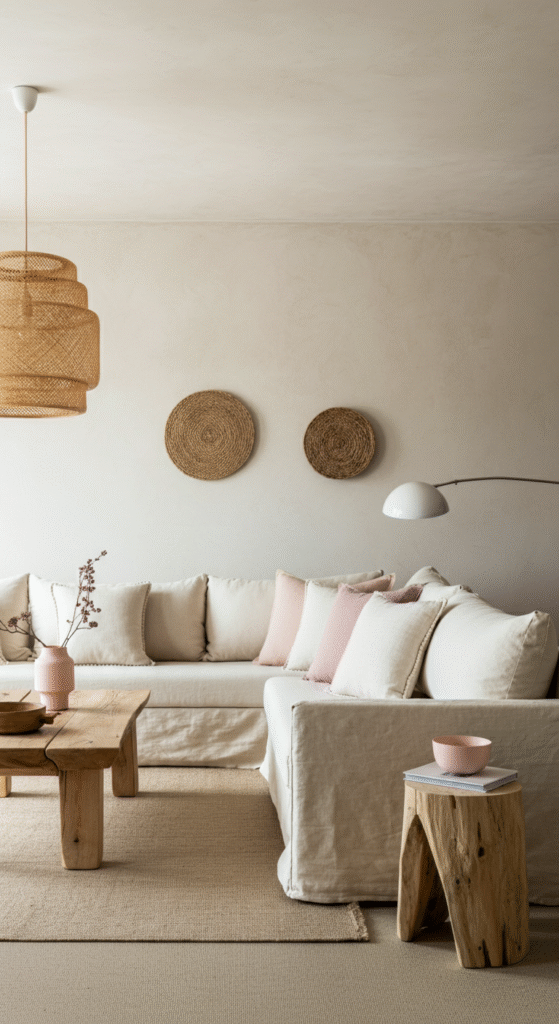
Pale sand shades capture the breezy essence of Nordic beaches and dunes. They evoke warmth and tranquility, offering a sun-kissed glow even during darker months.
This color pairs seamlessly with light woods, woven baskets, and linen upholstery — ideal for a coastal-inspired Scandinavian living room.
It’s understated yet refreshing — perfect for those who want a warm neutral that still feels airy.
13. Muted Terracotta — Earthy Warmth with Nordic Minimalism
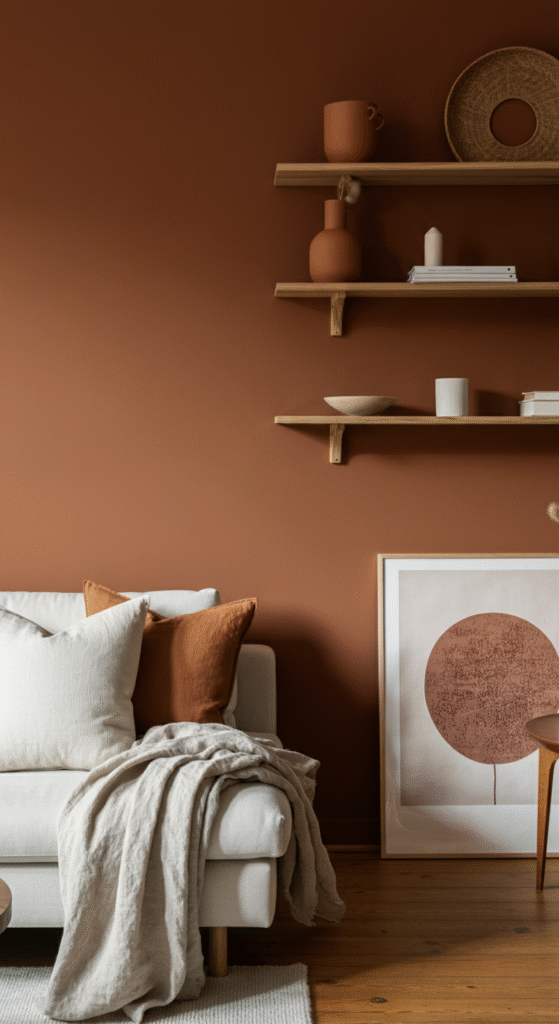
Terracotta might sound bold, but in its muted form, it perfectly fits Scandinavian interiors. Its earthy, clay-like tone adds warmth while staying grounded in nature.
Pair it with whites and neutrals to keep the palette balanced, or use it as an accent behind open shelving or a reading nook.
Interesting fact: Scandinavian designers often use muted terracotta in combination with natural light to create the illusion of a permanent sunset glow.
Conclusion
A Scandinavian-inspired living room isn’t about perfection — it’s about creating harmony, warmth, and calm in everyday life. Each of these colors offers a pathway to serenity, whether through bright whites, earthy neutrals, or nature-inspired hues.
When selecting your wall color, think beyond trends. Focus on how each tone makes you feel. Scandinavian design thrives on emotion — the kind of quiet joy that comes from curling up with a book, sipping coffee by the window, and feeling at peace in your space.
So, let your walls tell a story of calm, comfort, and connection — and bring the essence of Scandinavian living right into your home.
Frequently Asked Questions (FAQs)
What colors define Scandinavian-style interiors?
Scandinavian interiors are known for soft whites, muted grays, warm beiges, and earthy neutrals that create a bright, calm, and natural atmosphere.
Are dark wall colors suitable for Scandinavian living rooms?
Yes, when balanced with light furniture and decor. Shades like soft charcoal or muted taupe can add depth while keeping the space cozy.
What is the main goal of Scandinavian design?
The goal is simplicity, comfort, and functionality — creating a space that feels airy, warm, and connected to nature.
Which wall color makes a living room look bigger and brighter?
Soft white, creamy off-white, and pale gray reflect light beautifully, making any room appear larger and more open.
Can I mix multiple wall colors in a Scandinavian-inspired space?
Absolutely. Use complementary tones like white, beige, or gray to add subtle contrast while keeping the palette cohesive.
